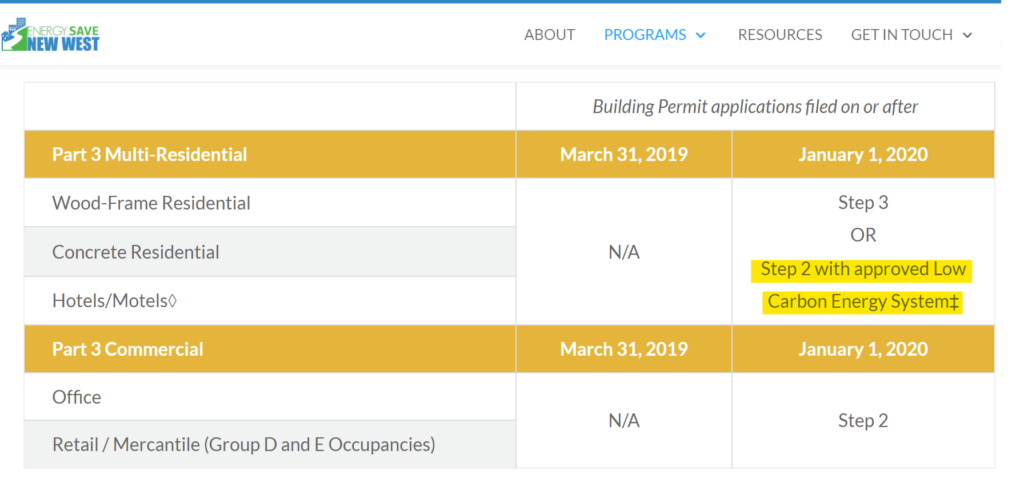I have been asked recently quite a bit about this story, North Vancouver District ending its twitter account, following Twitter itself quitting Twitter and becoming something else entirely. People have asked me when New Westminster is doing this. The short answer is something like this (apologies for my ham-fisted kerning):

Here is a bit of a longer answer.
The City is challenged in getting its stories out these days, as are many organizations. When I was first elected 10 years ago, there were two local newspapers covering New Westminster, each printing two editions a week, with multiple reporters and photographers asking questions, snapping photos and writing stories. Now we have one “paper” that is only digital, and one reporter doing her best to cover it all.
That same decade ago we also had a pretty healthy Social Media ecosystem in New West, with a pretty successful and active local webpaper called Tenth to the Fraser, a few New West oriented blog sites (of which this is probably the last one?), and (mostly) healthy, (mostly) self-policed Facebook and Twitter communities where (mostly) people actually talked about issues in a (mostly) friendly way. As the City’s communications staff began finding new ways to reach out, they waded into that space, probably quite slowly and deliberately as Cities do, recognizing that their role of informing the public is different than most people’s tendency to editorialize at random on the internet.
As social media has evolved, so has the City’s use of it. In part necessary because the City has a responsibility to reach out to the public and inform them on everything from upcoming development public hearings to unexpected changes in the garbage pick-up schedule. Social Media became tool to inform, but was always a poor tool for engagement. The difference is important. It is also necessary because we are in a different political environment in the post-COVID world, and there is no doubt that something broke (or was intentionally broken) in the way we engage with one another on line over the last few years.
So staff are doing a review of the City’s use of Social Media, and will be making changes and reporting back to Council in a future meeting. This is not something I directed (I am, after all, only one of seven on Council, and don’t have the power of Executive Orders), but work staff had already recognized they need to do. This was based on some recent incidents related to the City’s Social Media pages where profane, insulting, and ignorant comments (which is about half of Facebook now) started to require staff to burn midnight oil doing moderation, or simply turn off comments. Alongside this, the remains of Twitter simply lacks the traffic it used to have that made it a reliable means of disseminating information, especially during critical times. BlueSky is also not there (yet?) in usage, and there is a cost-benefit discussion of any Social Media engagement by staff. The shit doesn’t post itself, so if we are posting to 5 people who are already engaged elsewhere, its not a good use of resources.
There are no easy answers right now, because we are in a time of rapid change in how people receive and share information. The City needs to tell stories, when your garbage is missed or a Public Hearing is upcoming, and traditional media has been hollowed out such that local news simply has no capacity to share the volume of info needed, while most social media is at best untrustworthy and at times harmful.
To answer the question above, I enjoy BlueSky because it is not algorithmically driving me to terrible places, and the culture is to apply the block and mute functions generously. I also personally think the City needs to get off “X.com”, because people should not have to be exposed to the fascist propaganda and hate that the X algorithm clearly pushes into every feed if they only want to keep track of happenings in the City. But City staff are going to deal with this thoughtfully, are talking to their cohort around the region and the province, and are trying to keep the politics out of it as they seek better ways to inform and engage in a really challenging communications environment. Stay tuned. And in the meantime, if you want more news from me, subscribe to my weekly newsletter by clicking here.
 …enter your address and get a quick report on your house. It looks a little like this (note some redacted stuff because for some reason, it is de rigueur for folks to redact publicly available information like this to make it look like we are protecting our privacy):
…enter your address and get a quick report on your house. It looks a little like this (note some redacted stuff because for some reason, it is de rigueur for folks to redact publicly available information like this to make it look like we are protecting our privacy):








 There is a good defense for going in this direction in the plan, and to Active Transportation advocates, there is nothing surprising there. 30km/h saves lives, and makes shared spaces on our City streets much more comfortable for all users. It also allows us to start re-thinking how we design our streets. I talked a bit about that
There is a good defense for going in this direction in the plan, and to Active Transportation advocates, there is nothing surprising there. 30km/h saves lives, and makes shared spaces on our City streets much more comfortable for all users. It also allows us to start re-thinking how we design our streets. I talked a bit about that 



